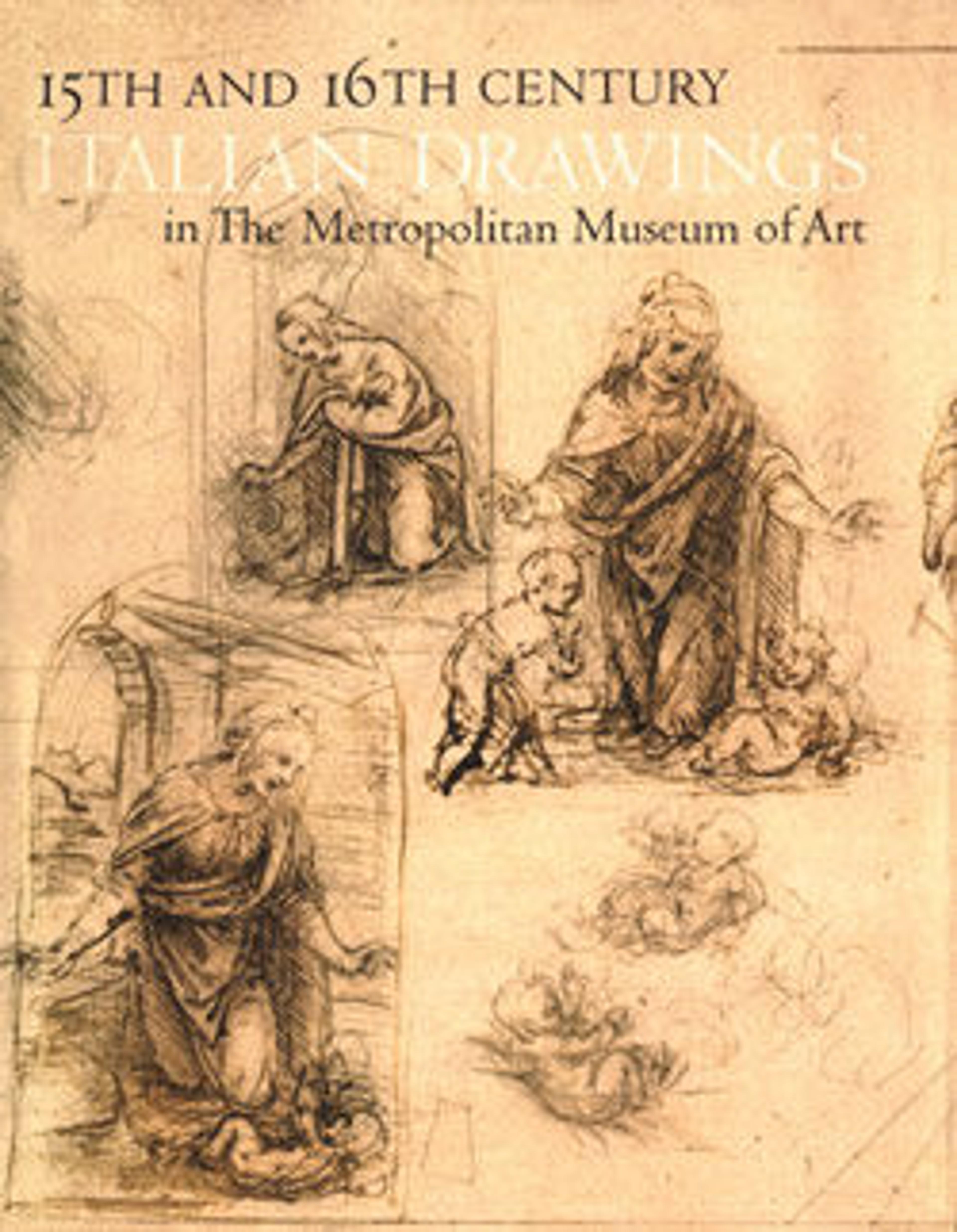Virgin and Child with Saint Elizabeth, the Infant Baptist, Saint Anthony of Padua, and a Female Martyr
Together with Rosso Fiorentino, Pontormo was a leading and revolutionary artist of Mannerism in Florence. This expressive, highly worked up drawing can be dated in the period between Pontormo's ‘Madonna of San Ruffilo’ fresco at the Santissima Annunziata (1514), and the ‘Adoration of the Magi’ panel in the Palazzo Pitti (1520-22), thus early in the master's career. Pontormo's drawings, mainly figure studies in red chalk or black chalk, are among the highest expressions in the tradition of Florentine design. His early drawing style, particularly his preference for red chalk, shows the influence of his master, Andrea del Sarto (1486-1530). The early fortune of this extraordinary drawing is recorded by a copy now in the Musée du Louvre, Paris (inv. 1991) made by the Late Renaissance painter and draftsman from Siena Francesco Vanni (1563-1610).
Artwork Details
- Title: Virgin and Child with Saint Elizabeth, the Infant Baptist, Saint Anthony of Padua, and a Female Martyr
- Artist: Jacopo da Pontormo (Jacopo Carucci) (Italian, Pontormo 1494–1556 Florence)
- Date: 1514–22
- Medium: Red chalk, brush and red wash
- Dimensions: 10 13/16 x 11in. (27.5 x 27.9cm)
- Classification: Drawings
- Credit Line: Frederick C. Hewitt Fund, 1917
- Object Number: 19.76.11
- Curatorial Department: Drawings and Prints
More Artwork
Research Resources
The Met provides unparalleled resources for research and welcomes an international community of students and scholars. The Met's Open Access API is where creators and researchers can connect to the The Met collection. Open Access data and public domain images are available for unrestricted commercial and noncommercial use without permission or fee.
To request images under copyright and other restrictions, please use this Image Request form.
Feedback
We continue to research and examine historical and cultural context for objects in The Met collection. If you have comments or questions about this object record, please contact us using the form below. The Museum looks forward to receiving your comments.
